Tlusty, Thorsen: Don’t short-sell the challenges and remove incentives for continual improvement

As readers of the Advocate and members of the Global Aquaculture Alliance, we applaud your dedication to the sustainable seafood movement. But how many of you declare, “We procure/produce/sell/source 100 percent sustainable product”? What exactly does this mean and could we limit further improvement using this claim?
In a newly published paper in the journal Fish and Fisheries, we discuss the sustainable/sustainability dichotomy, and the problem of communicating continual improvement in terms of grand and absolute claims. We believe a statement declaring seafood to be sustainable risks short selling the challenges at hand and removes necessary and ongoing incentives for learning, improving and innovating. After all, if your seafood is 100 percent sustainable, why should you try to improve?
The origin of our argument begins in the 14th century. This is where we first see the word “sustinere,” which will eventually become our “sustainable.” Sustinere means “to continue, keep up.” Simply put, our challenge is to adopt the behavior that allows us to keep up with progress, improvements and innovation that enables us to viably meet growing demands while minimizing per capita impact on the environment. Rather than using “sustainable” to indicate the ultimate end to the sustainability journey, we need markers showing our progress toward the indefinite endurance of systems and processes.
So where does this leave you, the reader, who is trying to succinctly communicate the hundreds of decisions that go into your seafood? We suggest you can easily communicate a message of sustainability as the continual improvement of your product.
The best path for producers and retailers is to demonstrate and communicate the concrete actions and achievements being made towards a more resilient and healthy food system today and for the future.
Just don’t declare you have finished. It is like filling a wine cask with the staves cut to different heights. You can only fill it as deep as the most limiting stave. Fix that one stave, and you still cannot fill the barrel. You must fix all the staves (here is a more detailed discussion of this idea). In our paper, we offer the solution of an adaptive claim – where the goal would be “to improve the quality health and resilience of the seafood you procure/produce/sell/source. You then set short- and long-term metrics, and when you achieve those metrics, you can claim “your actions continue to improve the environment and/or socio-economic impacts of seafood production.” This method allows you to conduct the same level of work, but is never finished because of an immature claim that you have arrived. In the words of Salvador Dali, “Have no fear of perfection – you’ll never reach it.”
More specifically:
To the producers: Do you have zero mortality, zero energy use, zero effluent and zero feed use? There are always opportunities to improve farm operations. In the May/June 2015 Advocate, we discussed the idea that certifications mark your progress as stepping stones as you cross the sustainability river. If you are not BAP certified, look to achieve it. If you are certified, continue to improve your metrics above and beyond the BAP standard. Integrate additional variables to increase the sustainability of your farm at a broader, more inclusive level.
To the retailers: How many BAP stars do you require? Four are available. If you require any less, then a goal can be to increase the amount of 4-star product you source. An inclusive messaging plan can be to purchase certified seafood, and each year to increase the volume of three and four-star product you source. This graded transition also gives time for producers to meet the need of the increased demand.
To the consumers: Yes, even consumers are in on the continual improvement toward sustainability. We make hundreds of food-related sustainability decisions each day, of which only some are seafood related. However, it is important to contextualize our seafood choices within our overall diets. As most seafood tends to be of lower environmental impact than most terrestrial proteins, from this dietary portfolio point of view, simply choosing seafood can increase your food-sustainability quotient.
We believe a statement declaring seafood to be sustainable risks short selling the challenges at hand and removes necessary and ongoing incentives for learning, improving and innovating.
But of course, not all seafood is created equal. We highly recommend eating shellfish and seaweed. These un-fed aquaculture species have many environmental benefits, the main being filtering much of the nitrogen making its way into the oceans as a result of human activity. And perhaps the most powerful food choice consumers can make in terms of sustainability is to consume only what we need. When we overeat protein, our bodies don’t store the excess. It is converted to nitrogen, and excreted from our body, and we (admittedly somewhat crudely) claim that we piss away sustainability.
We argue the best path for producers and retailers is to demonstrate and communicate the concrete actions and achievements being made towards a more resilient and healthy food system today and for the future. This requires moving away from calling products sustainable, and to instead see sustainability as the behavior that continuously drives economic, environmental and ethical progress in your operation. Focusing on measuring this progress generates a wealth of substance and establishes a direction of travel towards seafood of greater sustainability. We believe this will help educate, inform and inspire consumers to make good choices for their own and for future generations’ benefit.
Authors
-
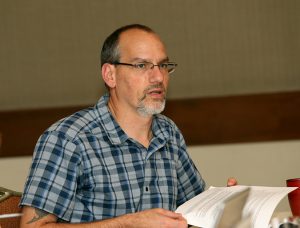
Michael Tlusty
Dr. Michael Tlusty is the director of ocean sustainability science at the New England Aquarium and the School for the Environment at the University of Massachusetts at Boston. He is also on the Global Aquaculture Alliance Standards Oversight Committee.
-
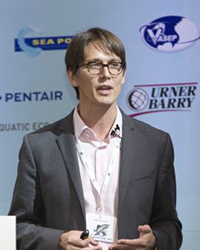
Øistein Thorsen
Øistein Thorsen is the director of FAI Farms, a Benchmark Holdings company. He is based in New York.
Tagged With
Related Posts

Aquafeeds
Why I chose to judge the F3 challenge
In an opinion piece for the Advocate, the director of ocean sustainability science at the New England Aquarium talks about the F3 Challenge and what the first X Prize for aquaculture could do for the industry: drive innovation.
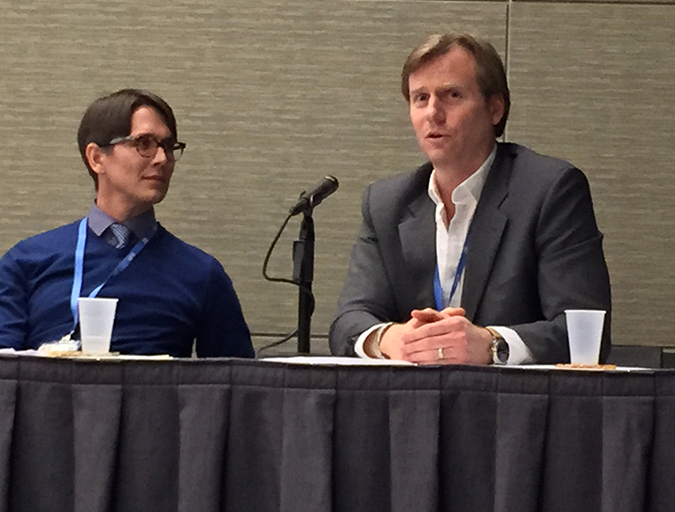
Responsibility
Is purpose the new branding ideal for seafood?
What is the real meaning of corporate social responsibility? How can seafood harness and leverage its virtues? Speakers at Seafood Expo North America concluded that purpose is key to prosperity for an industry that’s central to environmental and human health.
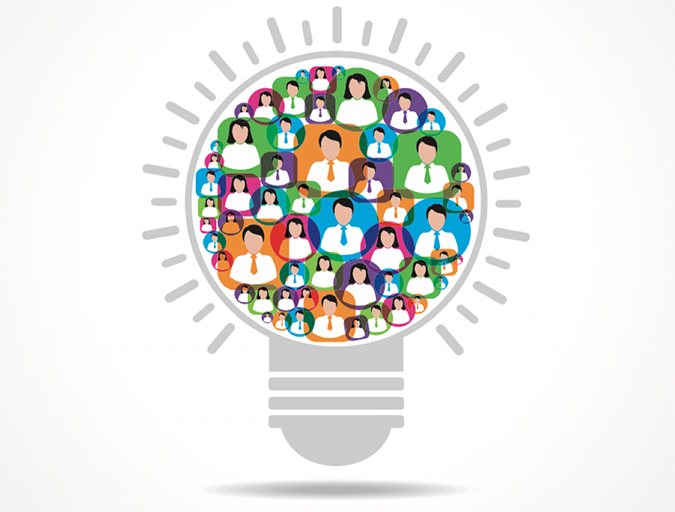
Innovation & Investment
Talking innovation in the cradle of aquaculture
This year’s GOAL conference will be held in China, birthplace of aquaculture. There’s no better place to discuss innovation, says Michael Tlusty, director of ocean sustainability science at the New England Aquarium, because fresh thinking defeats complacency.
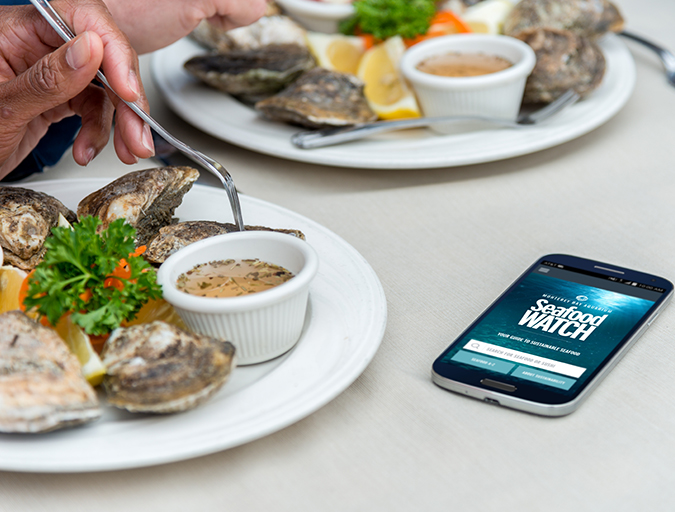
Intelligence
Seafood Watch: Criticism of ratings programs outdated
Concerns raised recently by Dr. Claude Boyd may have been accurate a decade ago, but Seafood Watch Science Director Wendy Norden says the program has made significant progress and is indeed encouraging better performance in aquaculture.

